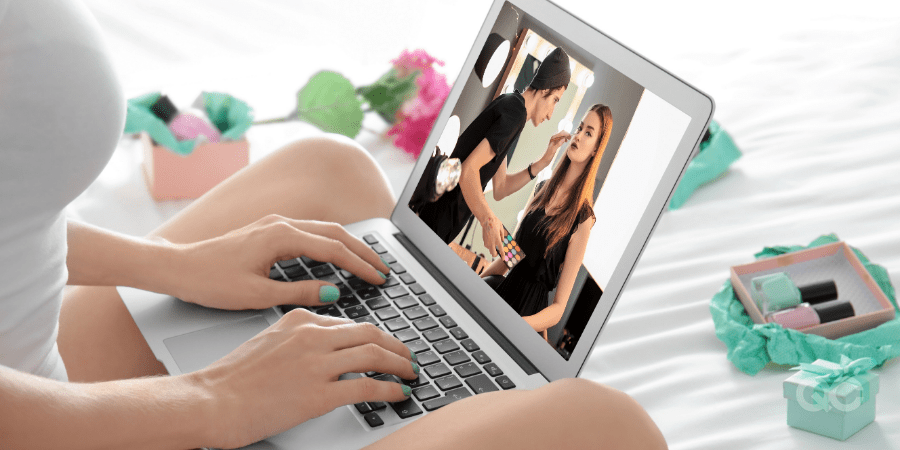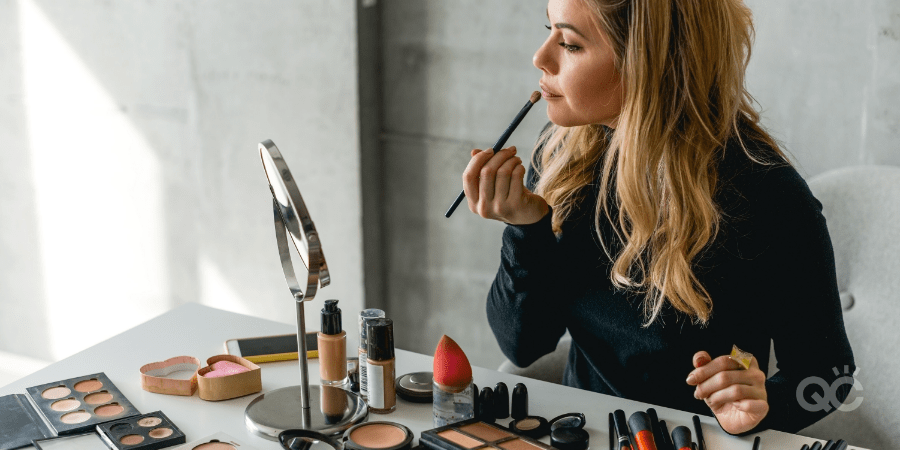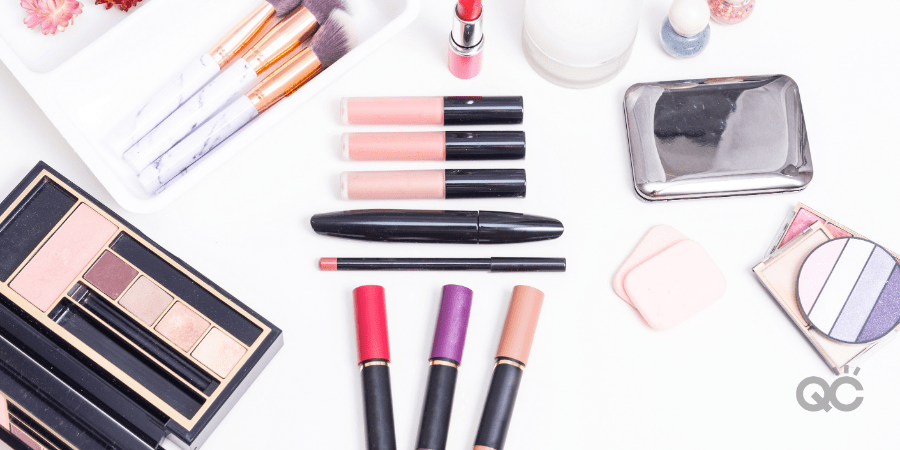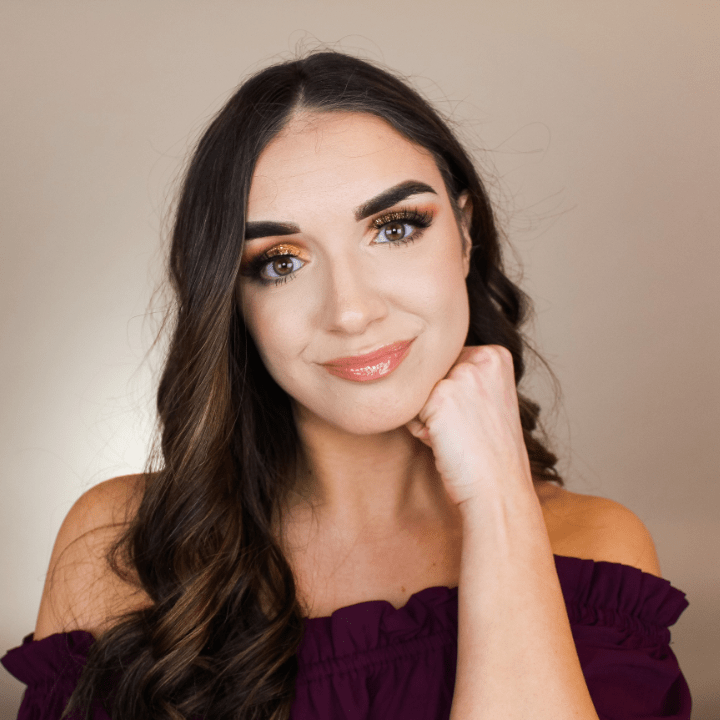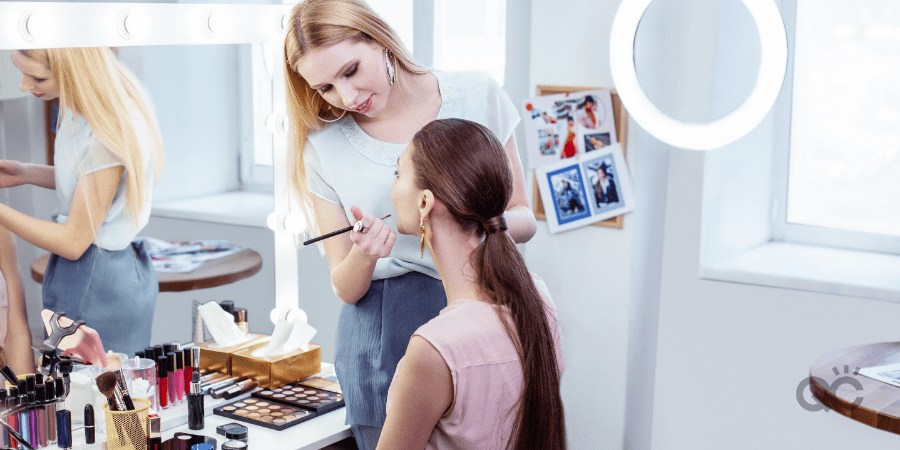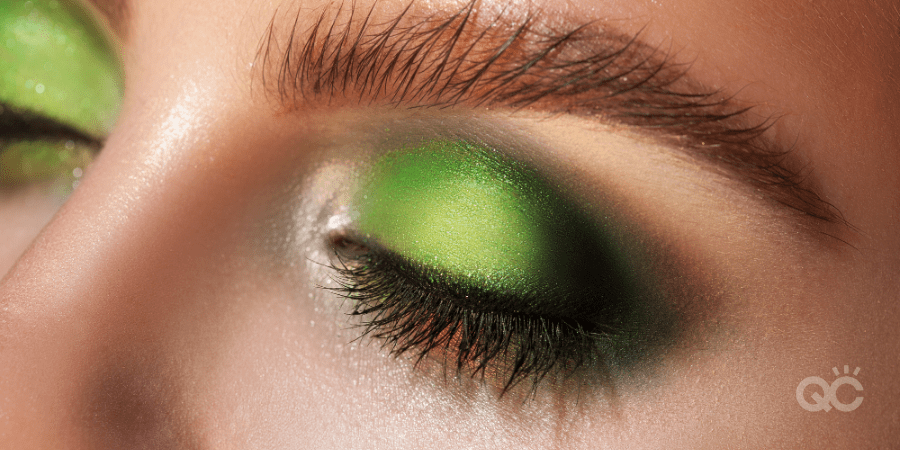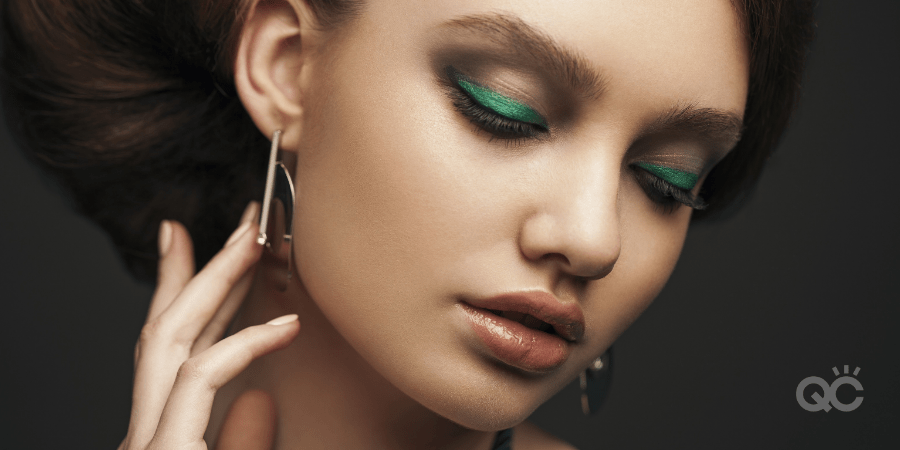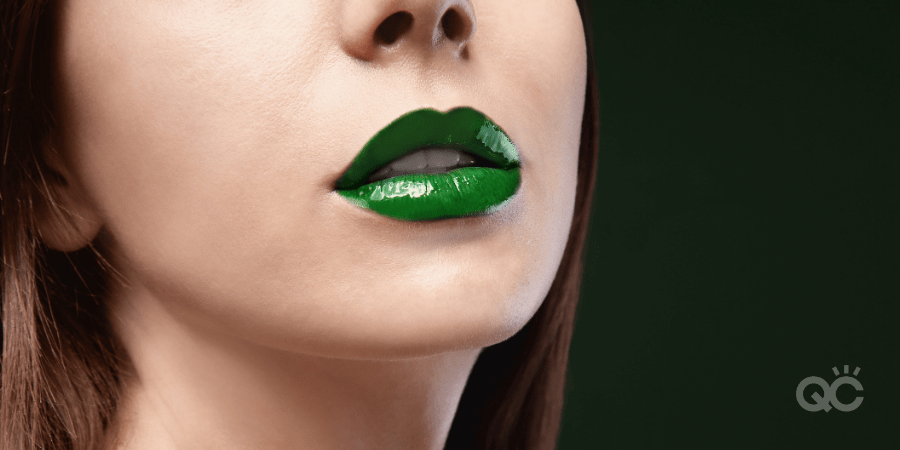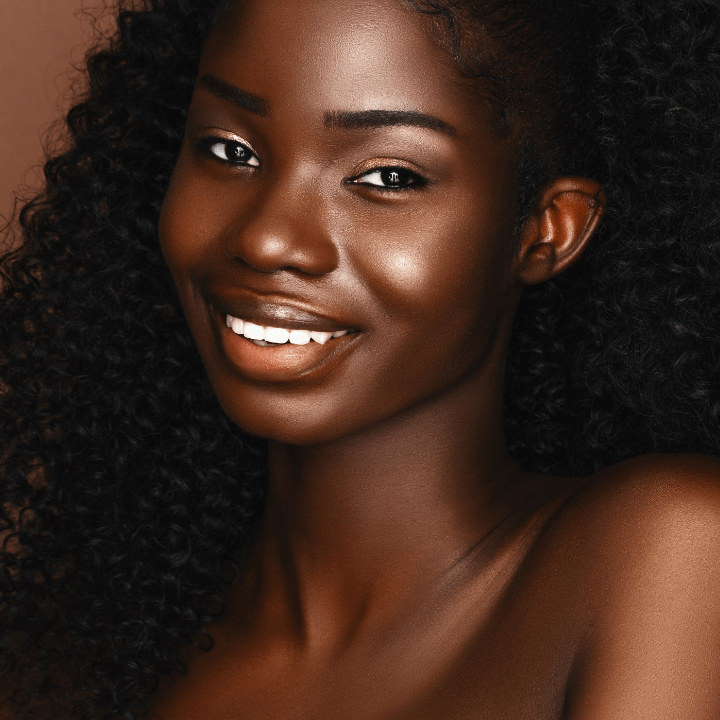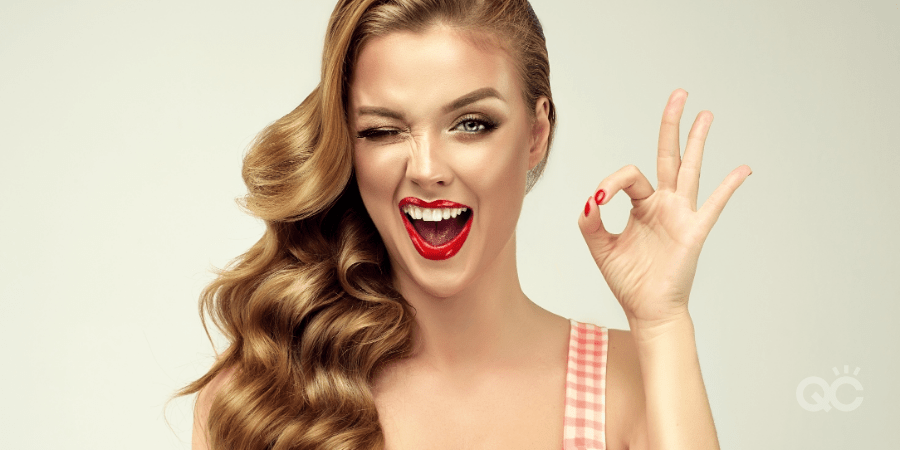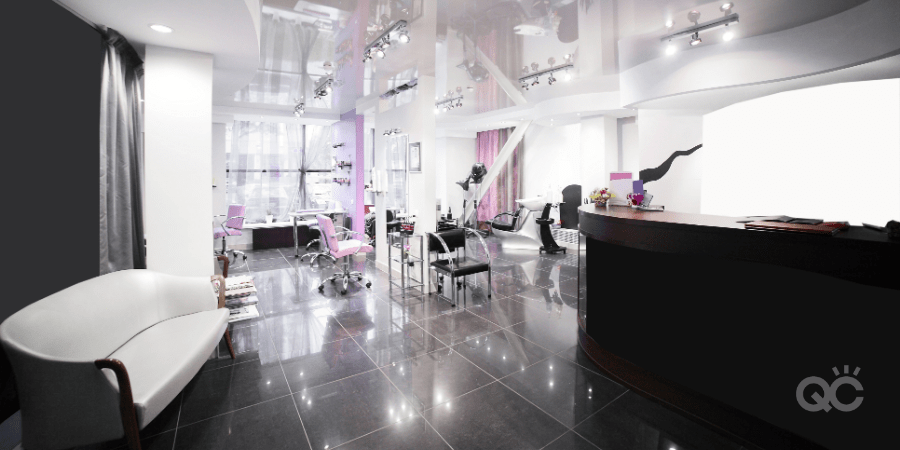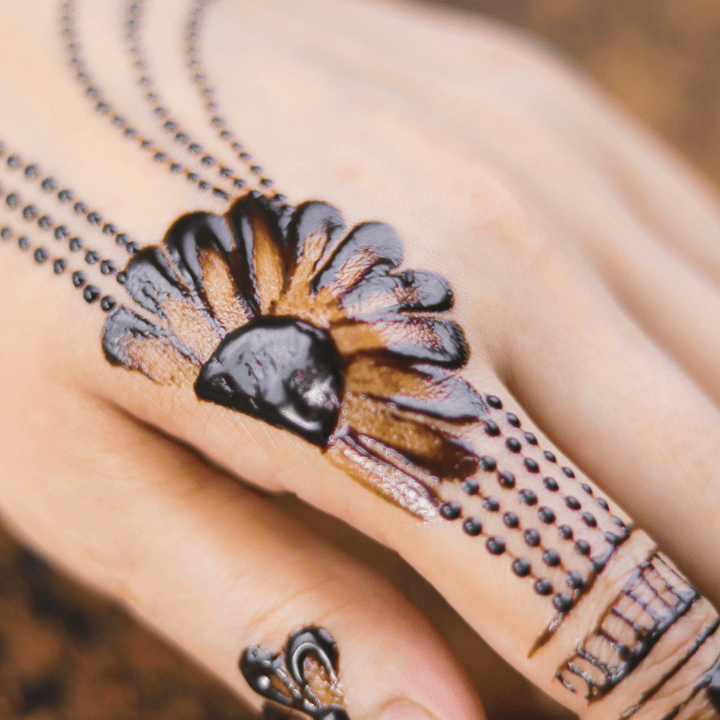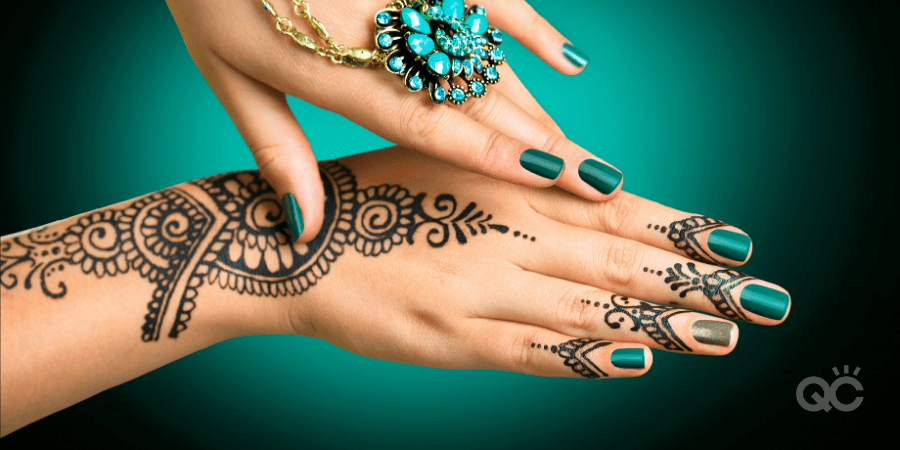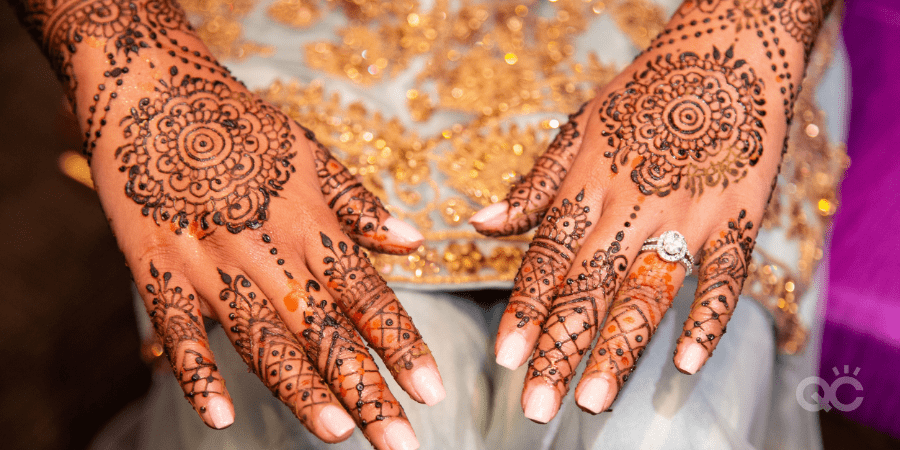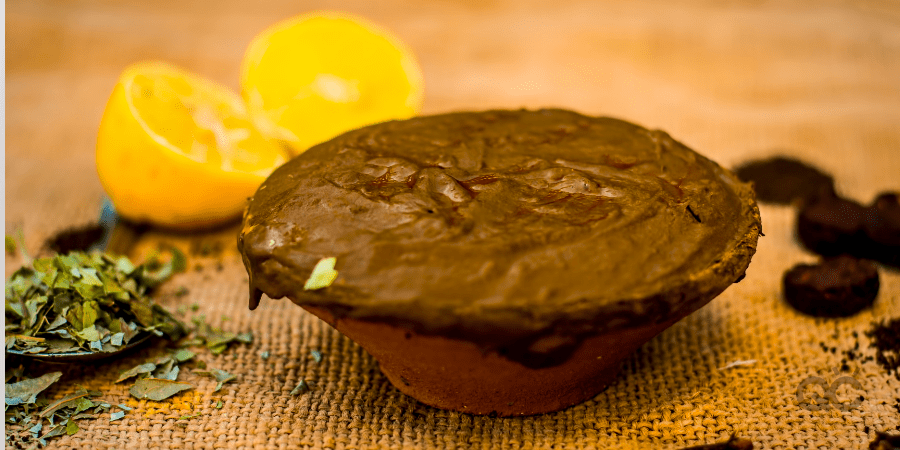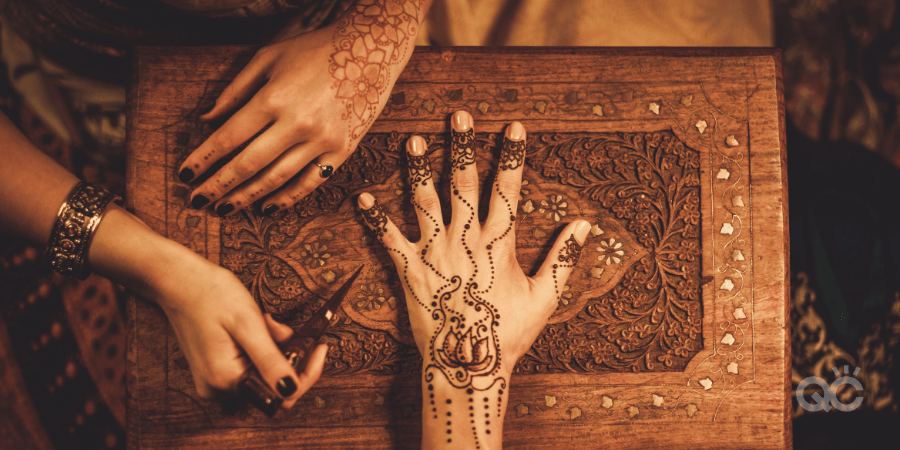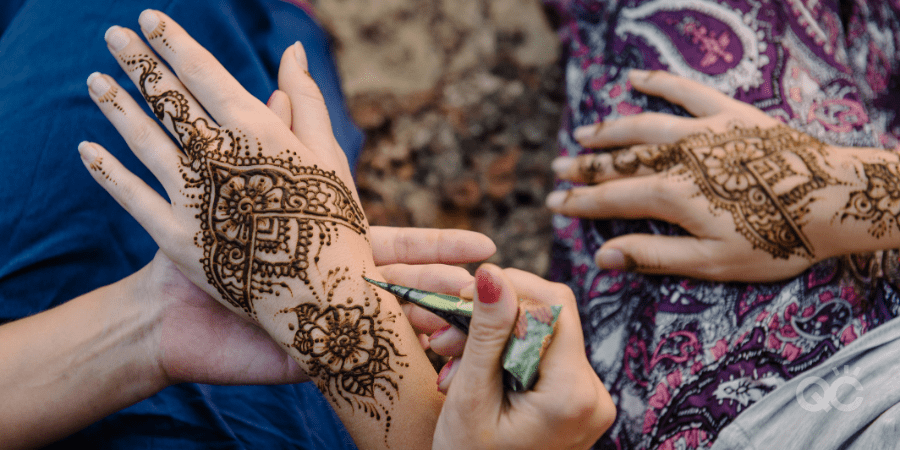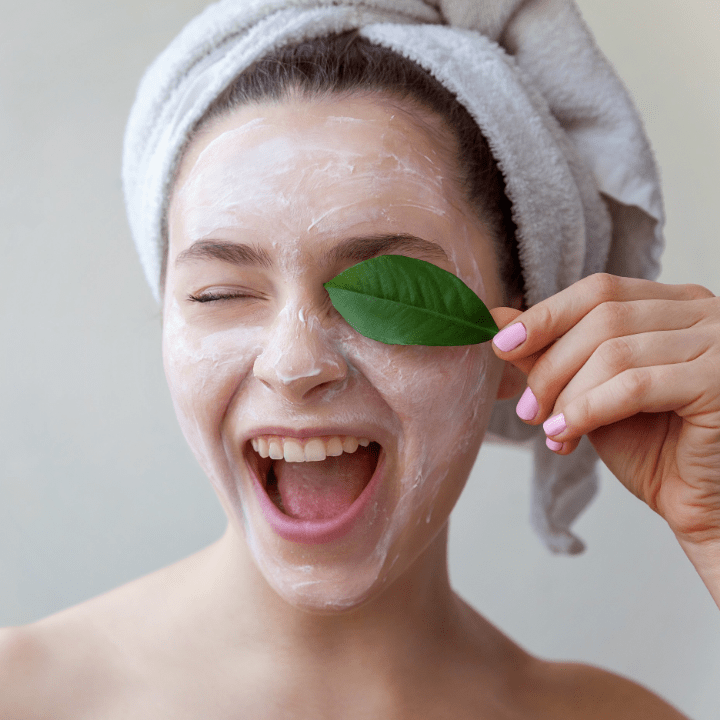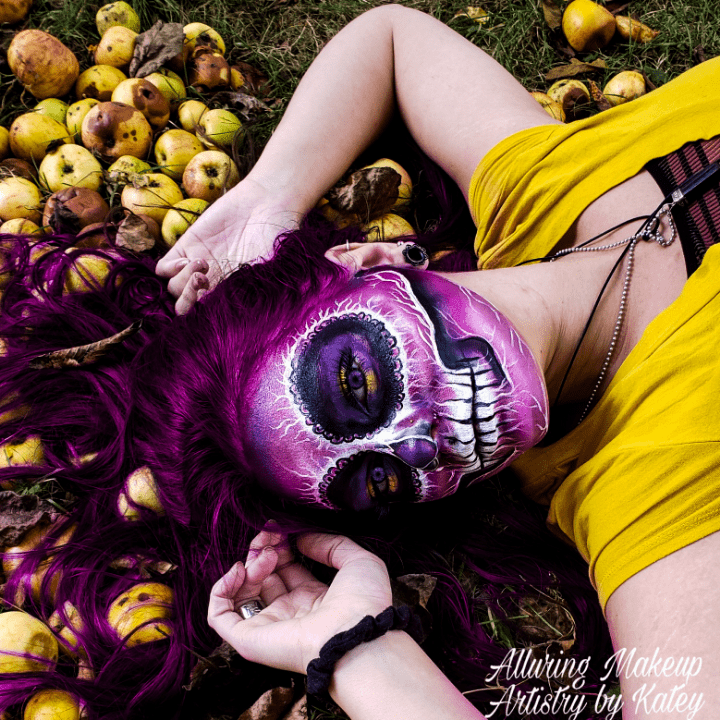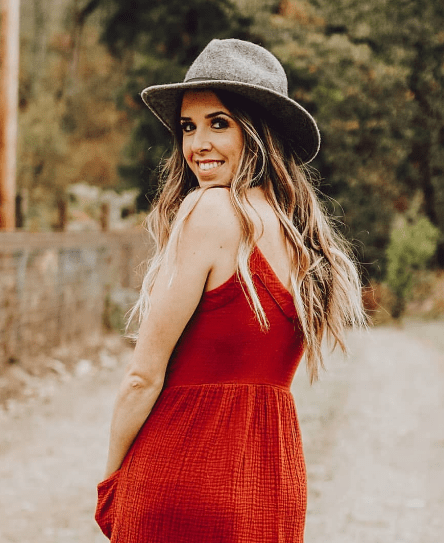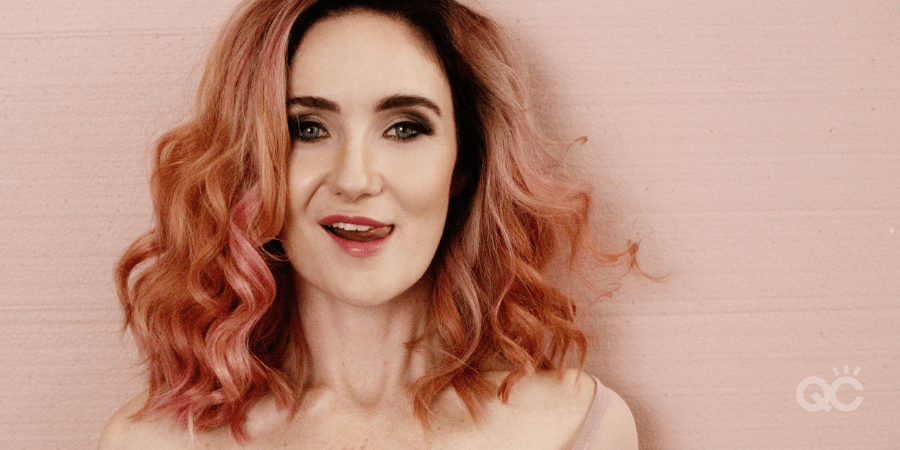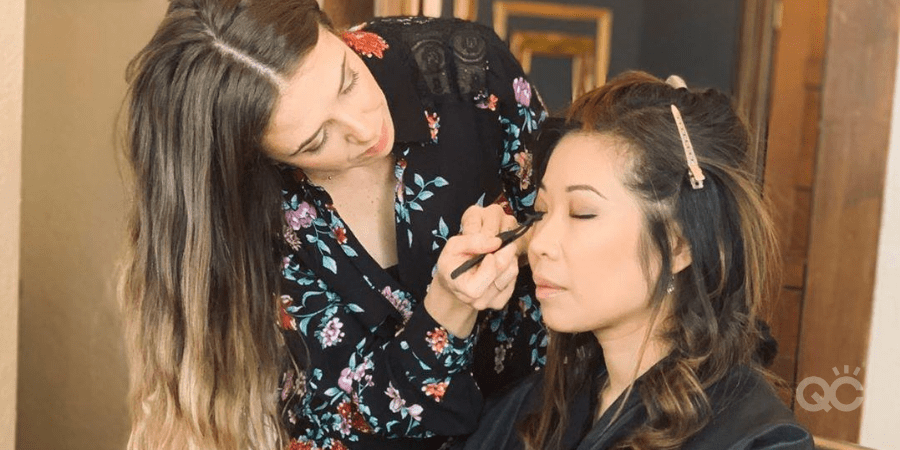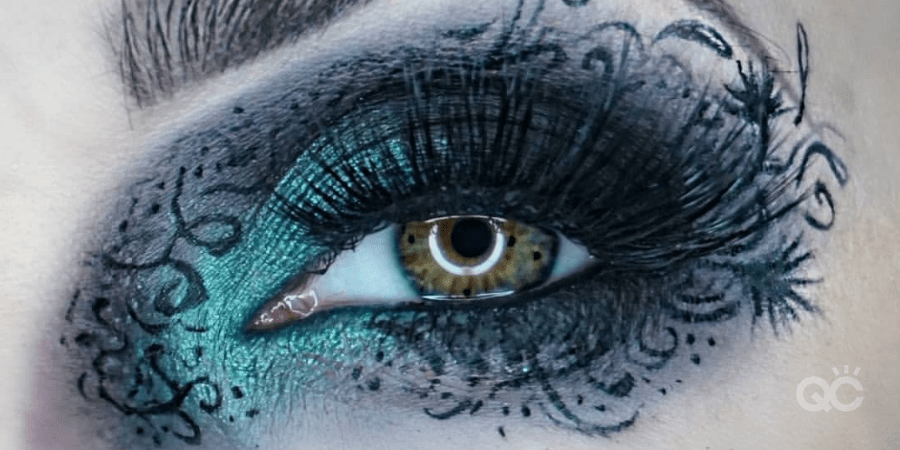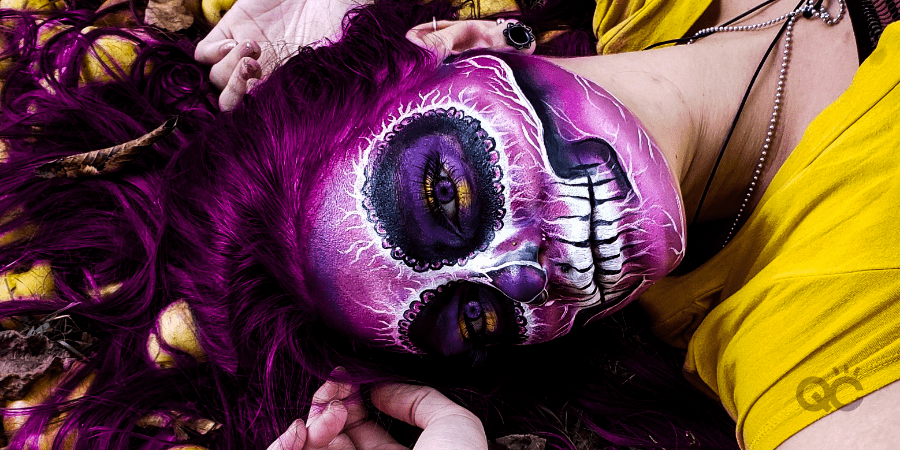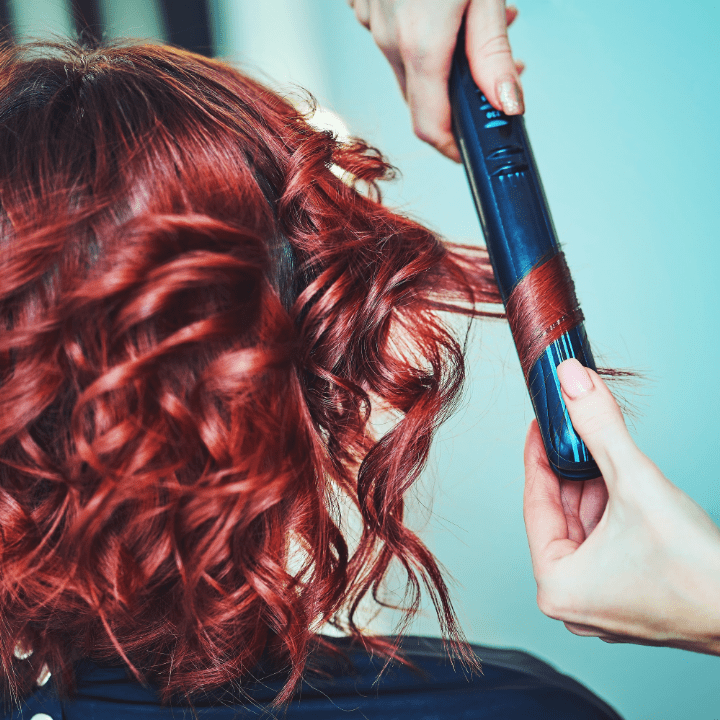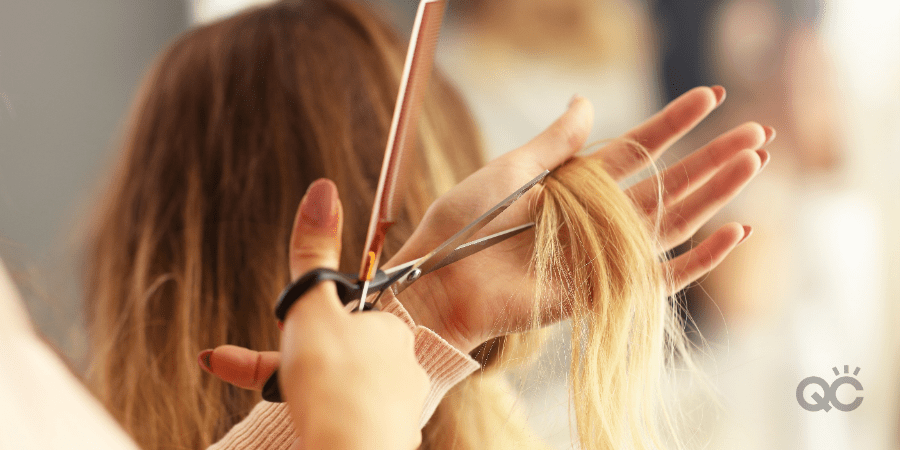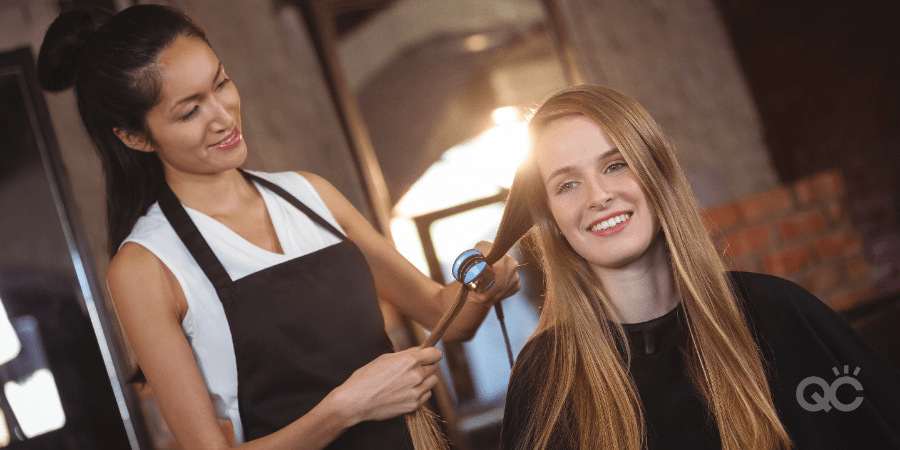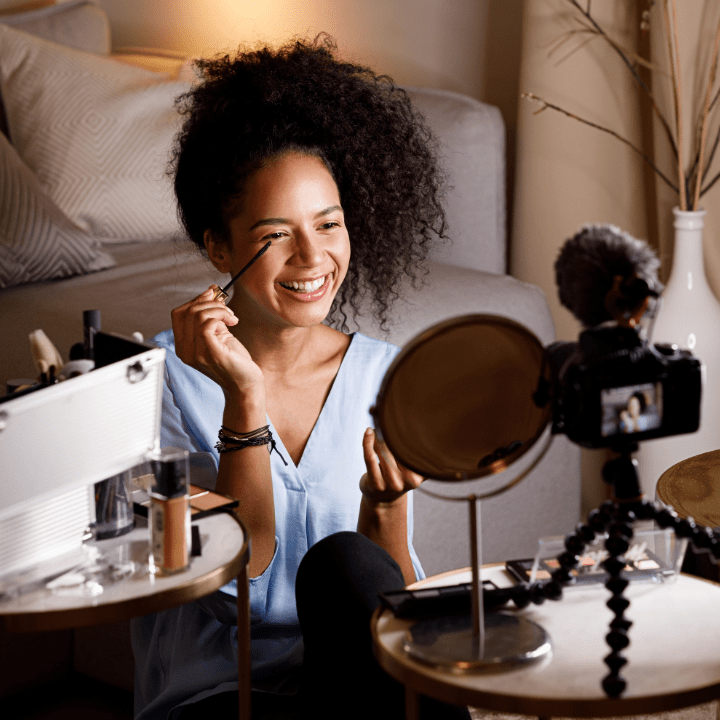
When a large part of your career involves touching someone else’s face, something like the novel coronavirus COVID-19 can appear disastrous to your livelihood. Here’s the thing: while it’s true that you should be keeping your distance from others right now, it does NOT mean that you can’t provide any services.
In fact, there are still plenty of beneficial services you can offer your clients! Your makeup career doesn’t have to suffer. Sure, you can’t necessarily do actual makeup on your clients’ faces. But you still have a lot of options that don’t involve coming into close, physical contact.
So what sort of options are currently available to you? How can you work remotely as a makeup artist and still make a liveable income? Keep reading to find out!
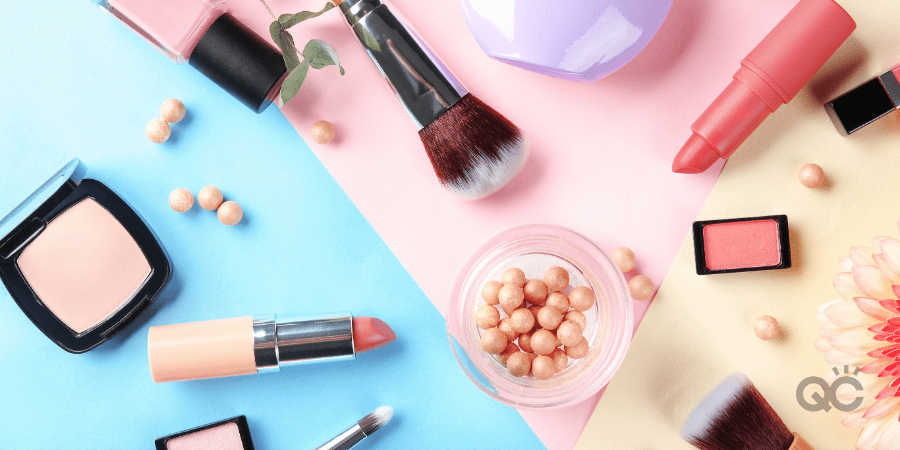
Option #1: Offer Consulting Services
This is a really great opportunity for you to build upon the services offered by your makeup business. For starters, adding additional services that go beyond makeup opens you up to an even larger clientele. It can also be used to increase your service rates and overall income!
How to Offer Consulting Services
There’s also a lot of wiggle room for what this can look like. You technically could provide consultation services in-person, though it’s not recommended at the current time.
Take into account where you live, how bad the coronavirus situation is in your area, etc. If things are still relatively safe, both parties have no symptoms, and the proper precautions are taken by you and your client, you might be able to get away with meeting in-person.
That being said, a safer alternative for now could be to offer virtual consultations. Skype, Uber Conference, Google Hangouts Meet are all examples of platforms you can use to hold online appointments with clients.
This way, you can provide the exact same service you would in-person – but from the comfort and safety of your own home.
Different Consulting Services to Consider
In terms of the types of consultation services you can provide, there is a lot of flexibility here as well. While you shouldn’t be applying makeup to your client’s face right now, you can still use your expertise to help guide her through doing the process herself.
Or maybe you can offer consulting services to help your client choose the type of makeup to buy. You can also offer skincare consulting, hair styling consulting, and even fashion consulting (just to name a few other possibilities).
Basically, if there’s a relative service you can provide clients, that can be done without having to physically touch them, go for it! The sky’s the limit if you’re willing to get creative!
Option #2: Teach Makeup Lessons
To build off of what we mentioned above, another service you can provide is to actually teach others about makeup artistry. This can be as in-depth as you want it to be!

For example, maybe you want to refer to your certified education, training, and experience to teach clients makeup theory, applications, and techniques. Alternately, perhaps clients would come to you with a given look, and you’d help teach them how to execute that specific look on themselves.
Depending on how complex you want your makeup lesson services to be, you can consider putting together some sort of outline, curriculum, and/or written text. Something tangible that can be provided to your clients before, during, or after the lesson(s). It could be as simple as a one-page document that summarizes what they learned during their lesson!
However, we need to clarify: in all likelihood, the lessons you’d be teaching wouldn’t be the same as what your client would learn from an accredited makeup school. You also wouldn’t be able to provide them with any sort of licensing or certification upon completion. So just make sure that your clients know this. This way, they don’t have any misinformation or unrealistic expectations.
Rather, makeup lessons (as taught by independent MUAs) are more often a fun, more laid-back learning experience offered to the client. They can help the client pick up some tricks of the trade, as well as tips for building upon their beginner skill level.
Option #3: Start Your Own Beauty Blog/Vlog
If you have a bit of extra time on your hands these days, what better way to take advantage of it than by starting your very own blog/vlog? You can choose to keep it strictly written, or film videos of yourself on a channel like YouTube. Maybe you want to do both!
Running your own beauty blog/vlog gives you the chance to get your name out there on a more global scale. While a large part of your audience may never turn into actual clients, it can still play a direct role in growing your clientele. The bigger your fan base and notability, the more likely that clients will hear of you and actively want to work with you. The same goes for other professionals within the industry!
That being said, creating a beauty blog/vlog can require a lot of time and effort, namely if you want to do it well. If you have any hopes of it potentially gaining traction and bringing in a large audience, it can’t be thrown together hastily. If you want to make this a part of your makeup career, be prepared to take it seriously.

Put in the hard work! If you haven’t already done this, establish your brand. If you wish to be known for a particular niche, put in the leg work to figure out what this is and how you aim to achieve it. Create and publish quality content on a regular basis, and always try to stay current. (This will help you be relatable to your audience.)
Find ways to tie it in and promote it with your business’s social media channels. Market wherever you can! Trust us: your efforts WILL show in what you put out there, and people will appreciate you for it.
For more helpful tips on starting your own beauty blog/vlog, keep reading here!
Option #4: Further Your Makeup Education
As a makeup artist, there is ALWAYS more you can learn! We’re also willing to bet that because you love your craft so much, you’re always excited to expand your skill-set and soak up as much knowledge as possible. So why not utilize your time indoors by signing up for an online makeup class?
For those of you who are brand new to the industry, this is the perfect chance for you to enroll in an online makeup class and get the ball rolling. In light of the current pandemic, online makeup school is the safest way for you to learn how to do makeup.
Your learning experience will be just as thorough as it would be in-person. You’ll be able to do it on your own time, and you can do it all from the comfort of your own home! For anyone starting their makeup journey at a beginner’s level, an all-encompassing makeup course, such as QC’s Master Makeup Artistry program, would be the most beneficial to your success.
There may be others reading this that don’t need to learn how to do makeup. But just because you aren’t starting from square one, doesn’t mean there isn’t something out there that you don’t already know yet!
For example, QC Makeup Academy offers a thorough Pro Makeup Workshop for MUAs already at an advanced level. It skips the basics (since you know all those already), and helps you build on and fine tune your current skills.
It doesn’t stop there, though! Have you ever considered branching out and exploring other areas of the makeup world? Imagine how impressive your resume would be if you had a certification in Special FX makeup or airbrush makeup!
Perhaps you want to learn more about the different makeup styles and trends from around the world. In that case, a class such as QC’s Global Beauty Workshop would be exactly what you’re looking for! Or, if you were interested in those consulting services we discussed in Option #1, you can take courses on topics like skincare, fashion consulting, etc.
Hair styling, for example, can easily become a regular, hands-on part of your makeup business, once the coronavirus pandemic subsides and things return to normal!
Taking this time to further your education (and even earn more accredited certifications) is only going to help your makeup career! It will strengthen your skill-set, improve your business, look great on your resume, and impress your clients. Plus, it’ll definitely help you stand out from the competition!
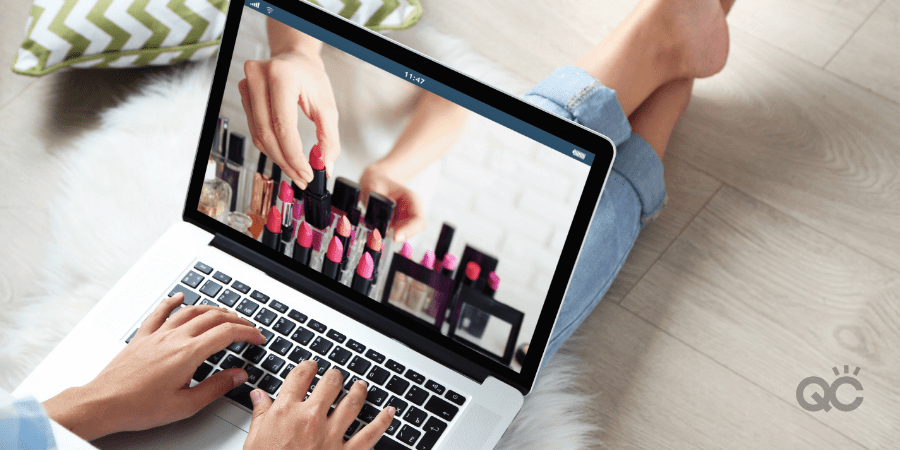
Making the best of a bad situation can come down to the way we choose to look at it. If you see our current circumstances entirely in a negative way, you’ll see negative results. But if you try to see things positively, you’ll realize just how many opportunities you still currently have at your disposal!
Use your time to your advantage, and keep your eyes on the prize! You’ve got this!

